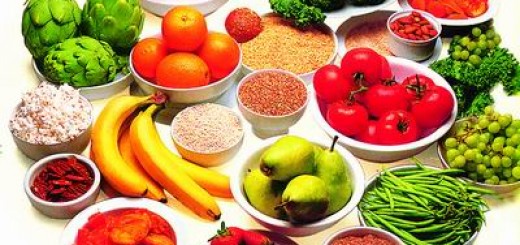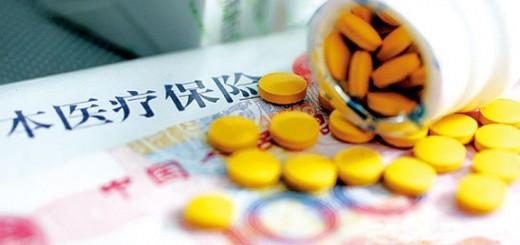Downloads
Pharmacological Review of Ginsenoside Dammarane Saponin Rh2
Downloads
Pharmacological Review of Ginsenoside Dammarane Saponin Rg1
Downloads
Pharmacological Review of Ginsenoside Dammarane Saponin Rb1
Downloads
Pharmacological Review of Aglycon Dammarane Sapogenin (AGS) – Protopanaxatriol (PPT)
Downloads
Pharmacological Review of Aglycon Dammarane Sapogenin (AGS) – Protopanaxadiol (PPD)
|
|
The type and minimal concentration of dammarane saponins (sapogenins) required for efficacious treatment of cancers
 |
Rh2 induces β-cell regeneration and lowers blood glucose level
The present study was designed to determine the antihyperglycemic function of ginsenoside Rh2 by the regeneration of β-cells in mice that underwent 70% partial pancreatectomy (PPx), and to explore the mechanisms of Rh2-induced β-cell proliferation.
... |
Ginsenosides (mainly, dammarane saponins) and dammarane sapogenins are main active ingredients in ginseng, and exhibit various anti-cancer activities in in-vitro cell cultures, animal models and human studies.
Through comprehensive review of hundreds of publications in the past 10 years, we have discovered a general law which applies to most, if not all, ginsenosides.
- Protopanaxatriol-type ginsenosides (Rg1, Rg2, Re) can be metabolized into aglycone protopanaxatriol (dammarane sapogenin PPT) after glucose cleavage from side chains, and protopanaxadiol-type ginsenosides (Rb1, Rb2, Rd, Rg3, compound K, Rh2) are converted into aglycone protopanaxadiol (PPD) correspondingly.
- With the cleavage of side-chain glucose moieties, the anti-cancer activity of ginsenosides increase, with the strongest anti-cancer activity attributed to PPD.
- In general, the anti-cancer activity of PPD-type ginsenosides is greater than those PPT-type ginsenosides.
- The ranking of specific ginsenosides or dammarane sapogenins is: PPD>compound K and Rh2 > Rb1 > Rg3 > PPT > Rg1.
- In cell cultures, the minal concentration to trigger apoptosis of various cancer cells (e.g., lung cancer, hepatocellular cancer, lymphoma, pancreatic cancer, leukemia, glioma, breast cancer, prostate cancer, etc.) is ~ 10ug/ml for PPD. The concentration of 1~5ug/ml PPD can cause cell division arrest in most cancer cells.
- In animal tumor models, the effective PPD dose for tumor growth inhibition is 60~200mg/kg, converted into 5~20mg/kg for human body.
- Oral ginsenosides, especially dammarane sapogenins, at the dose of 600mg~2000mg/day could deliver perceptible benefits to cancer patients.
|








